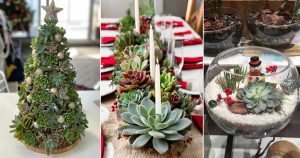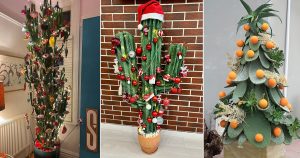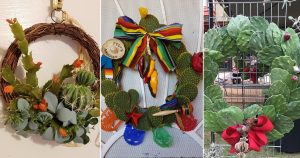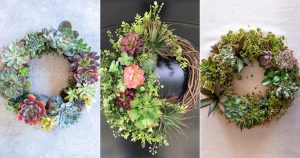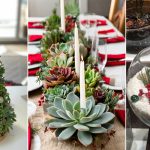Want to create an illusion of a pod of tiny dolphins swimming in a pot? Check out these ways to make a string of dolphins thick like a mat!
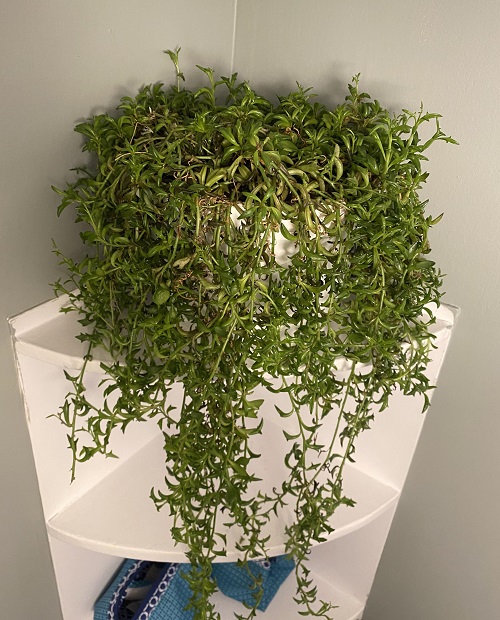
String of Dolphins is a unique succulent not only because it has a cool trailing form, but the magic lies in its leaves. On a close look, you’ll notice that its folded leaves resemble cute little dolphins (hence the name). You can enhance this wow factor by making this plant denser. Read on!
How to Make String of Dolphins Thick like a Mat
1. Ideal Sunlight Conditions
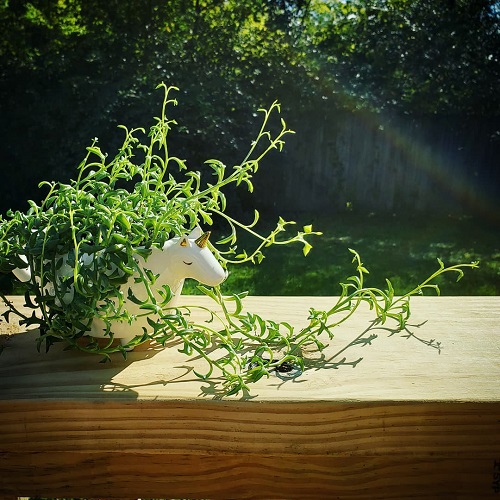
This is no secret—sunlight is important to almost every plant to grow robust and healthy. In the case of a string of dolphins, 4-6 hours of bright indirect light will aid the plant in producing enough energy through photosynthesis to actively grow out and rejuvenate its foliage.
The best location to place this plant is an east or south-facing window. And if you’re growing it indoors with poor natural light, consider using a full-spectrum LED grow light to mimic daylight and support steady growth.
Note: Insufficient sunlight leads to plant etiolation, while harsh afternoon or direct sun can lead to scorching.
2. Constantly Pinch and Prune

To get a dense string of dolphins, you will need to put in the effort with a pair of scissors regularly! Pinching new growth or pruning stems slightly above a node triggers the plant by reducing the amount of auxin (hormone responsible for suppressing lateral growth).
Now your plant will begin to grow more efficiently, creating a thicker appearance.
Also, don’t throw away the pruned cuttings—you can replant them in the same pot to naturally increase fullness and coverage.
Note: Only do so in the active growth period, as snipping during winter can lead to shock or cause unnecessary stress on the plant.
3. Grow Multiple in a Single Pot
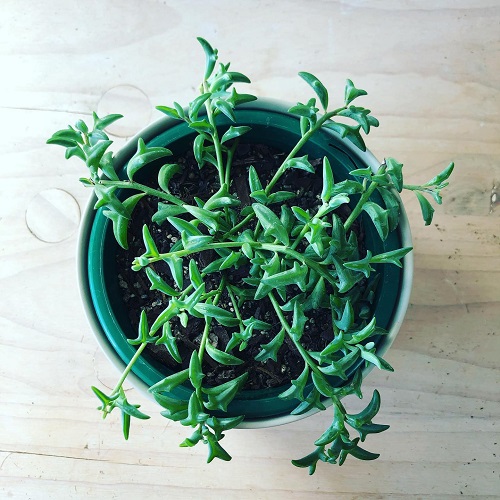
When a single plant is not able to reach the desired level of thickness, try growing many side-by-side! By planting multiple cuttings into the soil and training them to spread out (to reduce competition for survival), you will have a more filled-out pot!
Plus, growing cuttings from different mother plants can sometimes result in subtle leaf variation, giving your dolphin mat a more textured and lively look.
Note: Don’t overdo it, use only 4-6 cuttings in a small pot and proportionately increase it with the size of the container.
4. Pot Shape Matters
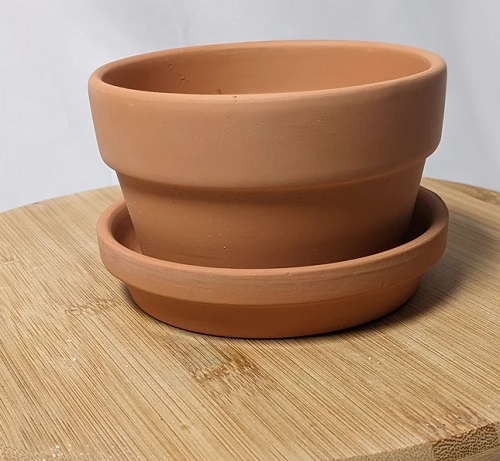
This might seem ridiculous, but there is both common logic and scientific reasoning behind it. If you use a narrow-mouthed container, the stems will begin to trail downwards quickly. This inhibits the plant’s natural ability to grow laterally.
Also, a wider-mouthed pot will allow the plant to trail over the surface further, which increases the node contact with the soil (more about this in the next point)
5. Encourage Node Contact with Soil
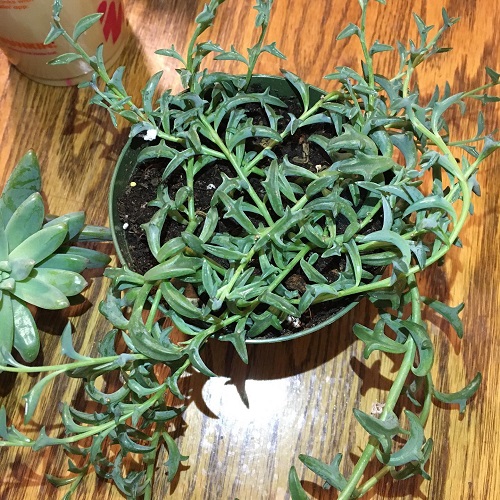
Did you know that when a string of dolphins’ nodes comes in contact with the soil, it can produce roots from that spot, creating an entirely new plant? More plants means more branching vines and dolphin-shaped foliage, thus leading to a fuller look!
Pro Tip: You can use clips or other gardening items to pin down the vines onto the surface of the soil.
6. Boost Growth with Fertilizer
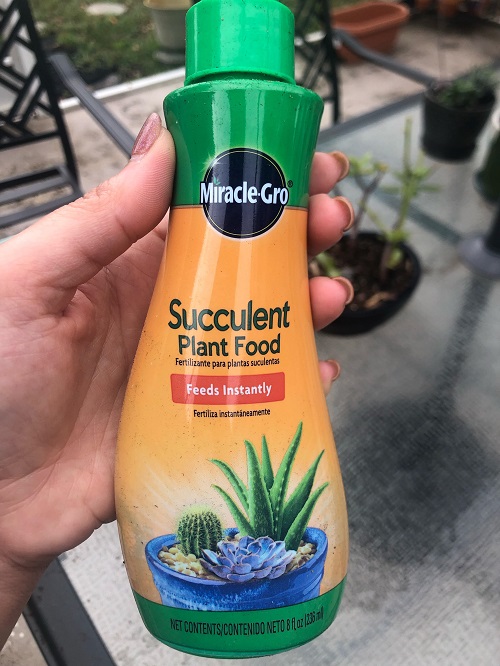
Sometimes, a little boost goes a long way in making your plant look thick and full. Nitrogen concentrated fertilizers encourage foliage growth, but don’t ignore the rest, as high nitrogen content can make the vines too flimsy. Therefore, applying a diluted 10:5:5 or balanced fertilizer once a month will bring about a significant change.
Note: Overfertilizing can lead to soil nutrient imbalance and chemical burns, so do it at the correct time and in the required quantity.
7. Take Care of the Basics

A healthy plant stands on the foundation of its basic requirements. Along with sunlight, make sure to water the plant thoroughly before letting it dry out. Also, pay attention to the potting mix; use the right succulent type for best results.
Keep an eye out for cold drafts and factors that can lead to constant and drastic temperature fluctuations. Avoid placing it near air conditioners, heaters, or windows that get sudden cold blasts!
Pro Tip: Rotate the pot by 90 degrees each week to ensure equal sunlight distribution.
Note: Ensure that the soil pH level is slightly acidic.
8. Mist for Humidity (Sparingly!)
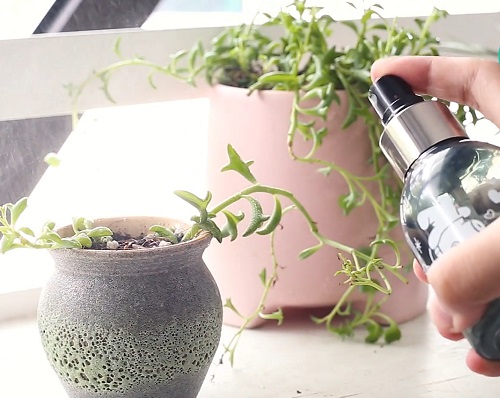
While succulents don’t usually crave humidity, a very light misting every few days can help keep the leaves plump, especially if your indoor air is very dry. But don’t overdo it—too much moisture around the roots can invite rot.
Now that you know how to get a thicker and fuller string of pearls, tell us which plant you would like to visually enhance in the comment section!

